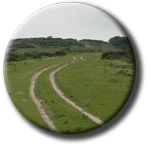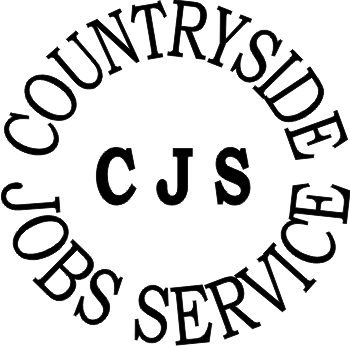Naturenet: Discovering 'Lost Ways'
Discovering 'Lost Ways'
F
 or many years since the National Parks and Access to the Countryside Act
1949 set up the present-day rights of way system there has been concern that
there were large numbers of unrecorded rights of way, which do not appear on
any definitive map
or many years since the National Parks and Access to the Countryside Act
1949 set up the present-day rights of way system there has been concern that
there were large numbers of unrecorded rights of way, which do not appear on
any definitive map .
.
In an attempt to resolve the situation and bring continuing uncertainty about
'lost ways' to an end, the Countryside
and Rights of Way Act 2000 provides
that footpaths and bridleways that were in existence before 1949 but not recorded
on the definitive map by 1 January 2026, will be extinguished. Unrecorded higher
rights that may apply to a definitive footpath, bridleway or restricted byway
will also be extinguished. This will mean that anyone trying to claim such
a right on the basis of pre-1949 evidence will not be able to do so from 2026.
provides
that footpaths and bridleways that were in existence before 1949 but not recorded
on the definitive map by 1 January 2026, will be extinguished. Unrecorded higher
rights that may apply to a definitive footpath, bridleway or restricted byway
will also be extinguished. This will mean that anyone trying to claim such
a right on the basis of pre-1949 evidence will not be able to do so from 2026.
The Government is providing funding (July 2004) to the Countryside Agency
for the establishment of an efficient system of research to rediscover those
historic rights of way and higher rights that have, so far, not been recorded
on the definitive map.
Find out more from Natural
England .
.

 or many years since the National Parks and Access to the Countryside Act
1949 set up the present-day rights of way system there has been concern that
there were large numbers of unrecorded rights of way, which do not appear on
any
or many years since the National Parks and Access to the Countryside Act
1949 set up the present-day rights of way system there has been concern that
there were large numbers of unrecorded rights of way, which do not appear on
any